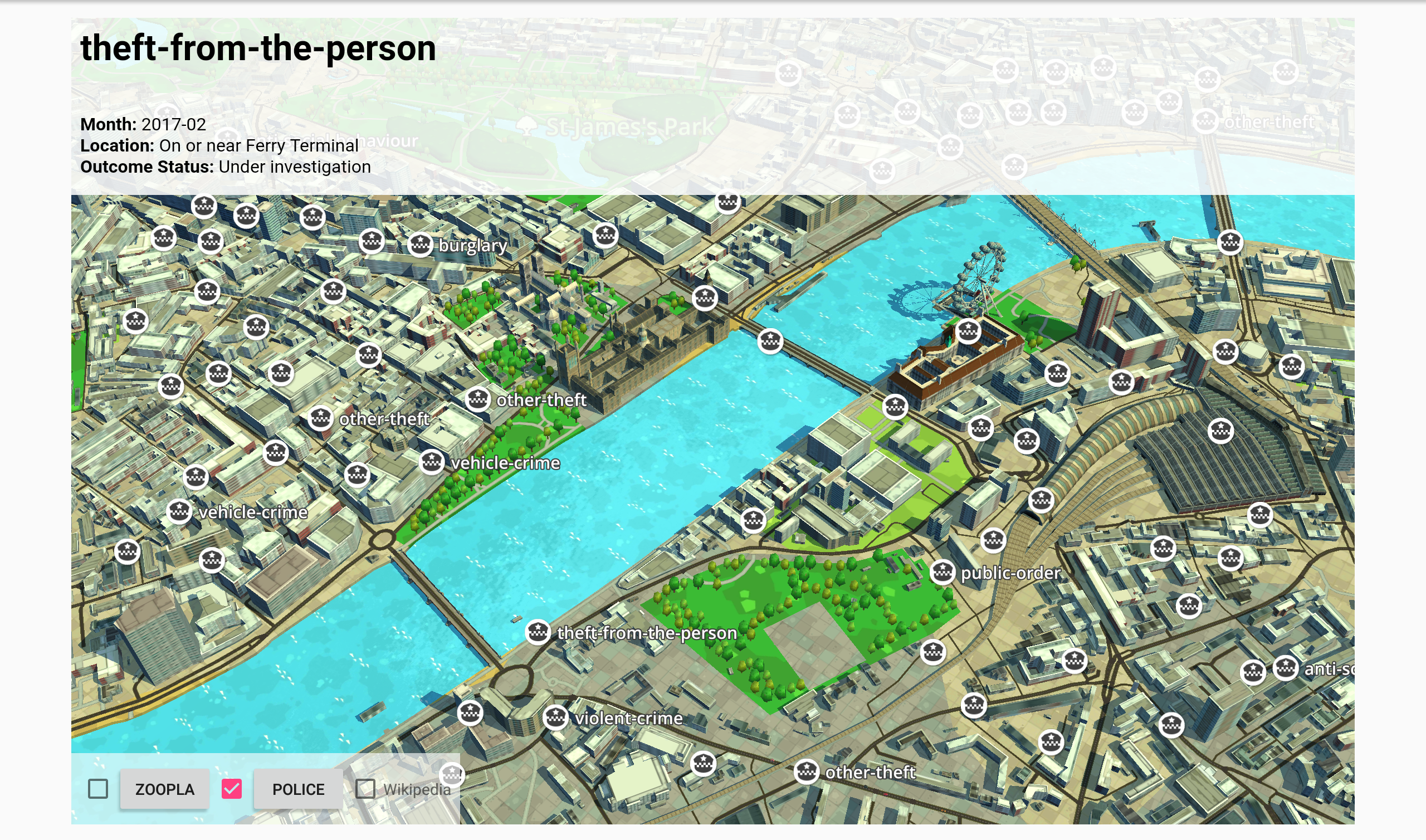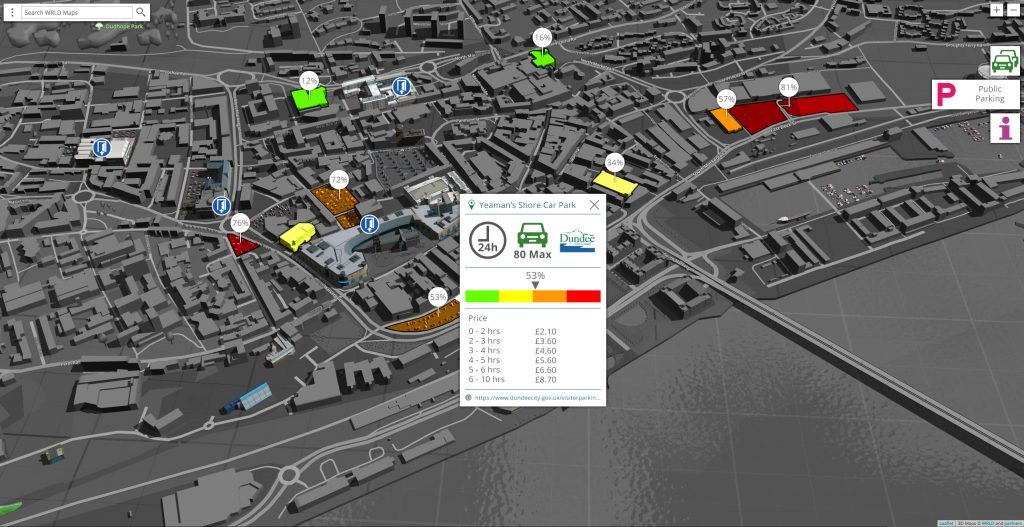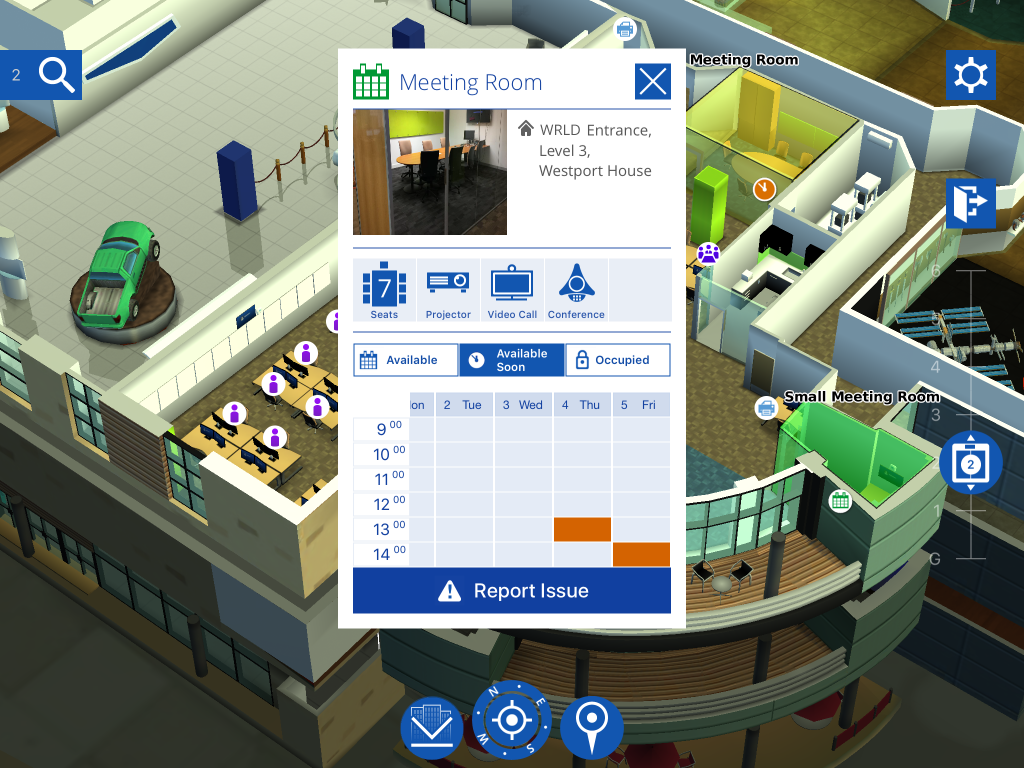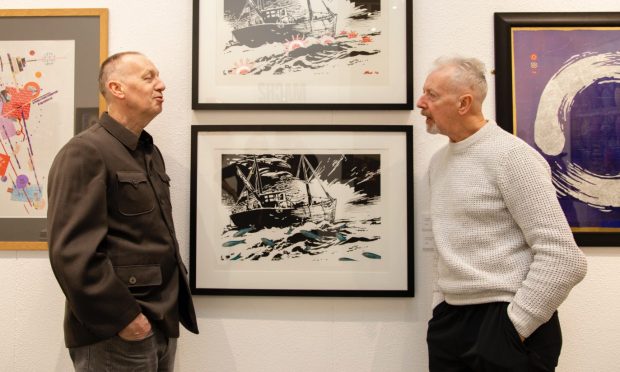Each year, all 122 UNESCO Creative Cities gather in one place to discuss, debate and exchange ideas and knowledge.
People come from all corners of the world and from all seven UNESCO disciplines – Film, Gastronomy, Literature, Media Arts, Folk Art and Craft Music and of course, Design. Dundee will take its place at the table and will be part of this amazing event.
This year the meeting is in Enghien-Les-Bains, a town about twenty minutes outside Paris. The city of Enghien-les-Bains was designated a UNESCO City of Media Arts in 2013. For the last 10 years, Media Arts have been the subject of a coordinated strategy in the fields of education, tourism, economy and the city’s cultural, artistic and social development.
Part of the meeting is an exhibition called ‘Are You Talking to Me’? UNESCO City of Design Dundee put a call out for designers in the city to apply to be part of the exhibition and our entry, from Wrld3D, was chosen as the lucky winner.
World3D – we’ve just had a rebrand and used to be Eegeo – makes 3D maps. We take our data from open sources and we buy some too, from Tom Tom and Ordnance Survey. Then our engineering team within the company produce a 3D map of a specific place. We also have a team of artists who will enhance the map with models of buildings or landmarks, even if they don’t exist. For example, we mapped what the V&A would look like, long before there was any building there at all.
We’ve got about 30 people working in the company – most are in Dundee, but we’ve got a small team in California and people in England too.
We also produce indoor maps – people spend about 90% of their time indoors, so it makes sense that people want maps of big indoor spaces. Recently we did a map for a large communications company which meant that people could see the inside of the building and find their way round. We have technology that allows you to see if a meeting room is being used at that moment, and if not, you can press a button and ‘claim’ that space for your own.
We’ve also created a 3D map of Japan for a large Japanese mobile phone company whose phones now come with our maps pre-installed.
We also want to make some of the product we’ve designed available on a platform, so people can go and use them to create their own features on a map, either indoor or outdoor. For example, Creative Dundee are using the self-service tools to populate their 99 Places in Dundee map, to help visualise some of the shops, parks and pubs in Dundee. So you don’t have to be a developer, you can just use the tools and it’s easy.
Or, if you have some development skills, you can use the product and push it a bit further – one of the engineers in our office has taken the information and turned it into a map using the London Underground data – so you click on the location and then it tells you when the next train is due at that stop.
We’re very excited to represent Dundee at the UNESCO conference – visualising connected objects to let people make smarter decisions is what we do so it feels like a perfect fit for us.
We’ll be able to show people exactly what Dundee is like – from shopping in the Overgate, exploring the Abertay University campus, to the traffic status in town and the people and rooms inside of our offices! We want people to get a really good view of the connected city, from the middle of France.
We’re also excited to see what other cities will put forward as their connected objects – there will be 22 objects, one from each Design City – and hopefully get ideas on how we can collaborate and be part of the UNESCO City of Design network.
Mike McKenna is user experience design lead at World3D.












